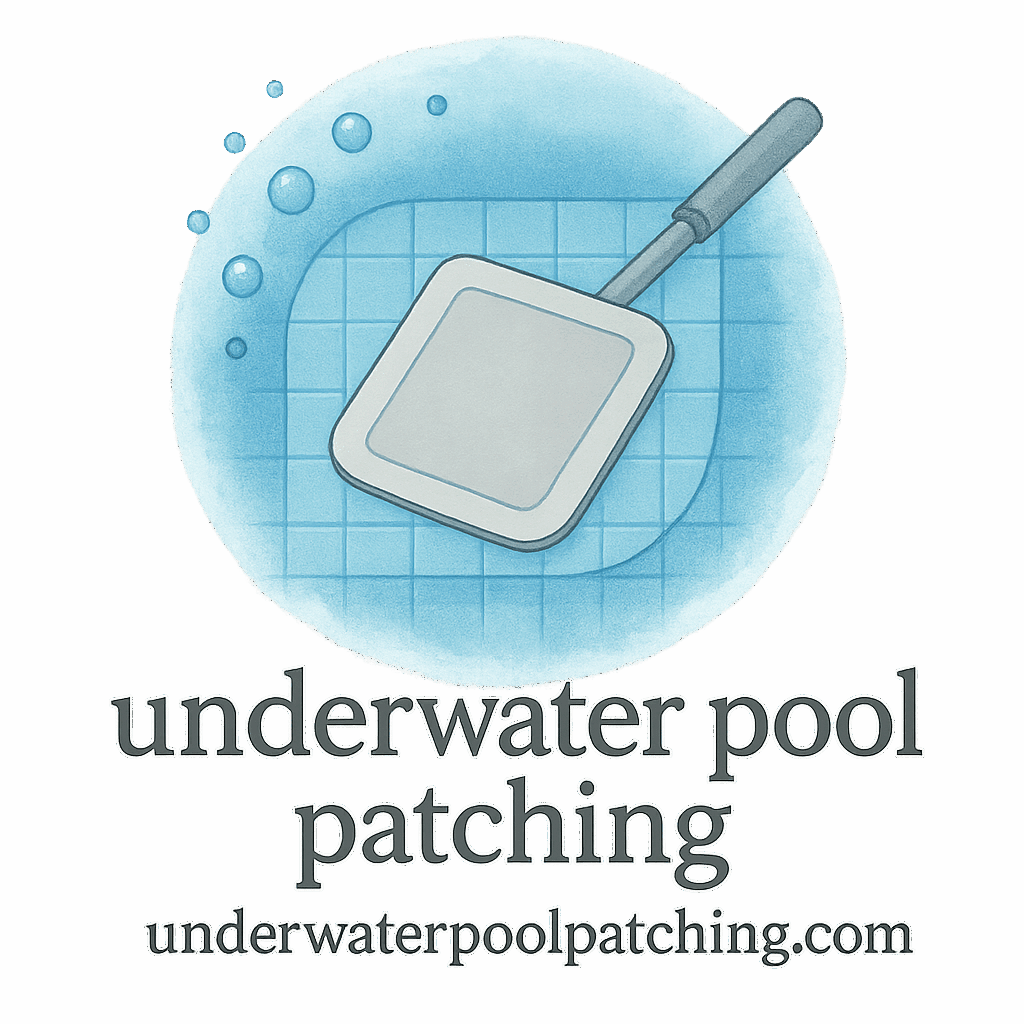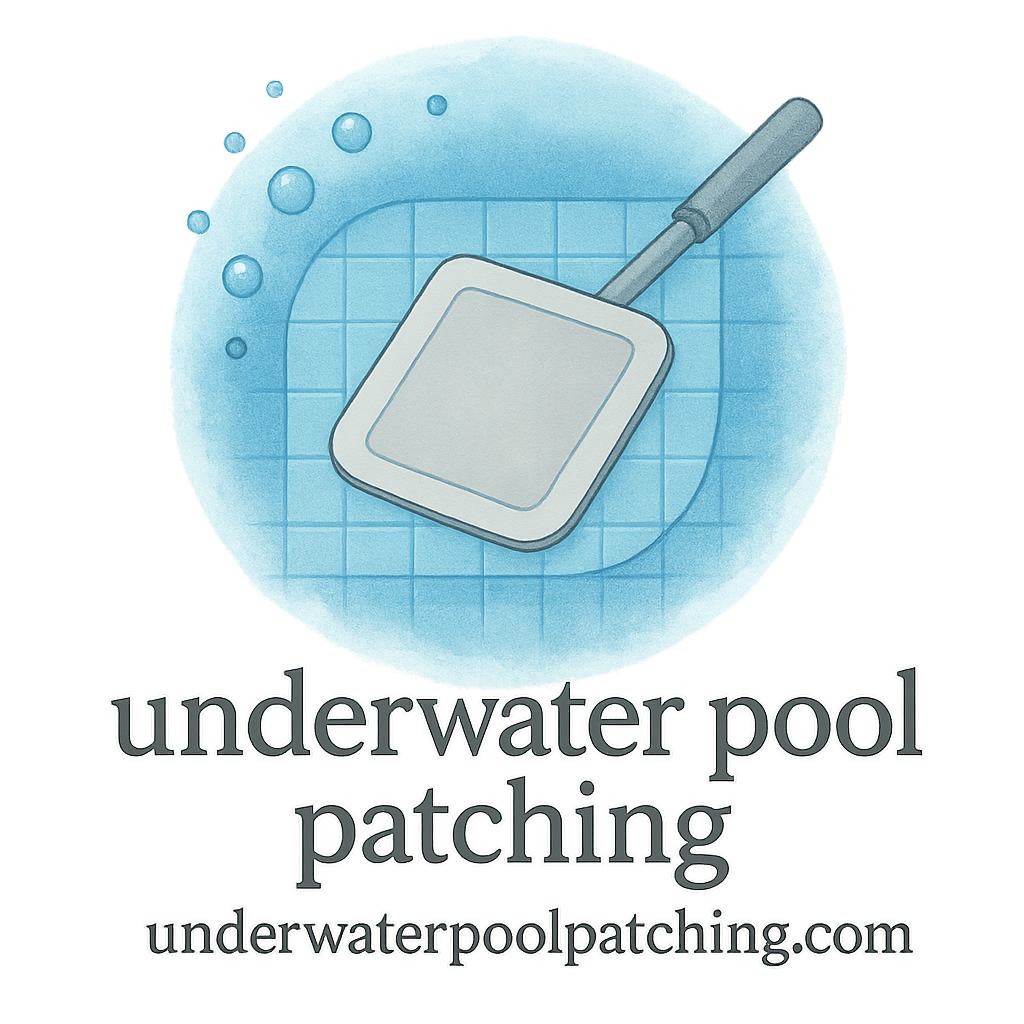Keeping your pool crystal clear is about more than skimming the surface or adding chemicals—it’s about protecting the hidden parts too. If you’ve patched your pool recently, the last thing you want is for a faulty filter to undo all that hard work. Let’s talk about how your pool filter affects your underwater patch integrity, and what you can do to protect it.
Whether you’ve used vinyl, epoxy, or cement-based patches, you need a solid maintenance plan. Let’s dive into 7 essential pool filter tips that will extend your patch life and keep your pool trouble-free.
Why Pool Filter Maintenance Matters for Patching
Your pool’s filtration system does more than just keep the water clean. It affects water pressure, flow, and clarity—all of which are critical to how well your underwater pool patches hold up.
The Role of Water Circulation in Patch Longevity
Think of your pool like a circulatory system. Just as our blood needs to flow smoothly, your pool water should circulate evenly. A sluggish or overly forceful flow can weaken or even dislodge patches.
Avoiding Pressure Buildup Around Patches
High pressure caused by clogged filters can force water behind a patch. That’s a recipe for leaks, wasted materials, and early patch failure. Proper filtration supports the integrity of your repairs.
Tip 1: Clean Your Pool Filter Regularly
This sounds obvious, but you’d be surprised how often pool owners skip this.
How Dirty Filters Affect Patch Performance
A clogged filter makes your pump work harder, increasing water pressure—especially near seams and edges where patches lie. This can loosen or peel up your underwater patch over time.
Best Practices for Cleaning Filters
- Clean cartridge filters every 2–4 weeks.
- Backwash sand and DE filters when pressure rises 8–10 PSI above baseline.
- Always follow the manufacturer’s cleaning guide.
Check out this repair techniques guide to better understand how clean water flow supports patch adherence.
Tip 2: Choose the Right Filter Type
Not all pool filters are created equal—some are better suited for pools that need underwater patching.
Sand vs. Cartridge vs. DE Filters
- Sand Filters: Easy to maintain but can let fine particles slip through.
- Cartridge Filters: Better for fine debris; gentler water flow.
- DE Filters: Superior filtration but require more care and frequent backwashing.
Compatibility with Underwater Patching
For most home pools, cartridge filters strike the right balance. They keep the water clean without creating heavy pressure surges that can disrupt delicate patches.
Get more tips on patching techniques and filter compatibility in our full resource library.
Tip 3: Monitor Filter Pressure Weekly
Your filter gauge isn’t just for show. It tells you how your system’s doing—and whether it’s time to take action.
What High Pressure Tells You
If pressure spikes, it likely means a clogged filter. But it also could signal patching failure, especially if you see bubbles or water loss.
How to Relieve Filter Pressure Safely
- Turn off the pump.
- Open the air relief valve.
- Watch the gauge drop back to normal.
This ties into diagnosis and inspection—always check the patched areas if your pressure changes suddenly.

Tip 4: Replace Filter Media on Schedule
Filter cartridges and DE grids don’t last forever. When they wear out, efficiency drops and your patches suffer.
Signs It’s Time to Replace Media
- Water stays cloudy even after cleaning.
- Filter pressure climbs too fast.
- You’ve cleaned it a dozen times already.
Impact on Underwater Pool Patching
Worn-out media allows tiny debris to pass through and scrape or weaken your patch. Prevent this by following your maintenance plan.
Tip 5: Use a Variable-Speed Pump
One of the smartest investments for any pool owner, especially if you’ve done patch repairs.
Gentle Flow Preserves Patch Integrity
High-speed pumps blast water with force—great for cleaning but terrible for patch repair areas. A variable-speed pump runs slower most of the time, creating a smoother, gentler flow that won’t lift your patch.
Energy Efficiency & Long-Term Savings
You’ll also save on energy bills, which ties into money-saving and cost-saving strategies—a win-win.
Tip 6: Backwash Filters Without Disturbing Patches
Backwashing is necessary, but if done wrong, it can mess with your patched surfaces.
How to Backwash Properly
- Turn off the pump before switching modes.
- Backwash until the water runs clear (usually 2–3 minutes).
- Rinse the system before returning to normal.
Minimizing Patch Disruption
Avoid placing return jets near recent patches. And always check for peeling or lifting after a backwash session.
Tip 7: Pair Filter Maintenance with Routine Leak Checks
No patch is forever. Regular checks help you catch small issues before they become expensive repairs.
Catching Problems Early
A drop in water level doesn’t always mean evaporation. It could be a failed patch or leak near a fitting. Use leak detection techniques regularly.
Integrating Diagnosis into Your Maintenance Plan
Routine inspections are part of good maintenance. Add them to your schedule so you’re not caught off guard.
Maintaining Filter Health Supports Patch Lifespan
It’s all connected: clean filters mean clear water, stable pressure, and longer-lasting patches. Whether you’re working with epoxy or vinyl, your filter setup directly affects patch durability.
A complete filter plan includes:
- Regular cleaning
- Proper pressure monitoring
- Smart pump use
- Timely media replacement
- Ongoing inspections
Looking for more help? Our maintenance guides and patching resources are loaded with practical advice.
Conclusion
Your pool’s filtration system is more than a background player—it’s a critical part of your underwater patching success. By following these 7 tips, you can boost your patch’s lifespan, avoid costly do-overs, and keep your pool in top shape.
From choosing the right filter type to using a variable-speed pump and performing regular leak inspections, these simple steps make a massive difference. Want your pool patches to last? Start with your filter.
Explore more on Underwater Pool Patching to get professional insights, tools, and support for every step of your pool repair journey.
FAQs
1. How often should I clean my pool filter to protect patches?
Clean cartridge filters every 2–4 weeks, and backwash sand/DE filters when pressure rises 8–10 PSI above normal.
2. What filter is best for pools with underwater patches?
Cartridge filters offer gentle, consistent flow—ideal for maintaining patch integrity.
3. Can a bad filter cause patches to fail?
Yes! Dirty or over-pressurized filters can weaken adhesion and reduce patch longevity.
4. Should I turn off my pump when inspecting patches?
Absolutely. Turn off your pump before inspecting or performing any maintenance near patched areas.
5. How do I know if my patch is lifting?
Look for bubbles, discoloration, or water loss. You may need a pressure test or visual inspection.
6. What’s the benefit of a variable-speed pump for patched pools?
It reduces pressure surges that can dislodge patches, plus saves energy.
7. Where can I learn more about budget-friendly patching strategies?
Check out our resources on cost budgeting, patch life, and budget tips.


